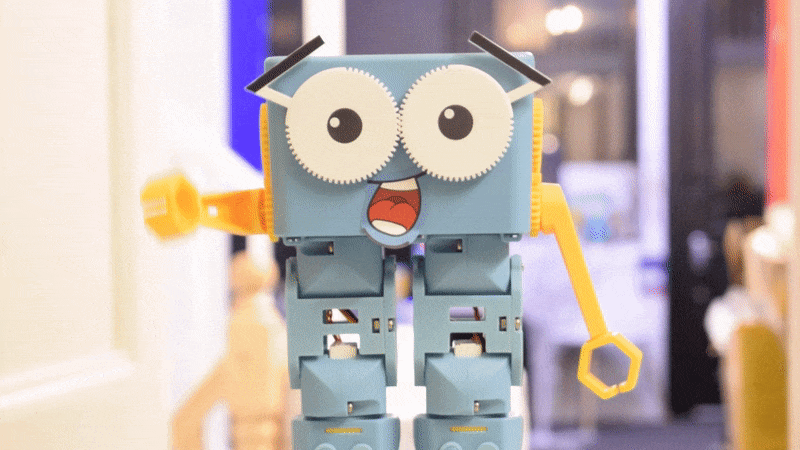Traditional school settings can be demanding for children diagnosed with autism spectrum disorder (ASD). From loud school bells to confusing social signals, these uncontrollable environments can create huge challenges for autistic children.
While we know that robots cannot replace educators and support staff, they can offer an abundance of support when teaching children with special needs. Digitalisation has paved the way for robotic breakthroughs in all sectors and special education is no exception. Education is tough to predict – no two days are the same. This makes teaching children with ASD especially challenging and that’s where social robots come in.
Social robots are customizable teaching tools and, when used in ASD education, can support a student’s communication, social, and learning needs.
Robots can provide predictable and consistent interactions
Unfamiliarity can lead to distress in children with ASD. This can create educational barriers placing many children at a disadvantage. Robots are programmable, rule-based devices; unlike humans, they follow instructions, do what you say and move where you tell them. This predictability is reassuring for children and, the more predictable the environment is, the less distractions the children will face, reducing disparities in education.
Robots can improve social skills
Children with ASD experience difficulties interpreting behaviour. They spend extra time and work hard learning how they should interact and work with their classmates. While autistic children often have a desire to develop relationships, they can find it difficult to make and maintain friendships, as they do not understand basic behavioural rules. As any educator knows, increased interest leads to increased attention, and increased attention leads to increased knowledge and skills development. Robots have huge potential in ASD education, children are highly engaged with social robots and so these machines have a better chance of maintaining the children’s interest during activities and can be used to develop social skills.
Robots are more comforting
Humanoid robots have been proven to lower anxiety and stress levels in children with ASD. Humanoids have “human” features, giving these machines an advantage over standard technology. Their physical presence, ability to interact with the environment and mimic social behaviours allows for more meaningful interactions. Humanoids can perform non-verbal cues such as gestures, maintaining eye contact and can even show emotions through posture. Children with ASD feel more comfortable interacting with humanoids than with people and so using these robots can allow children to prepare for future interactions, while in a calm, comfortable environment.






Other posts you may like
Why Probeware Matters in Science Education
In today’s classrooms, hands-on learning is essential. Students learn best when they can see, measure, test, and experience concepts directly. That’s where probeware comes in. By giving learners the tools...
Raspberry Pi and Marty the Robot
Marty doesn’t require a Raspberry Pi to be programmable in unplugged mode, Blocks Jr, Blocks, or python, but it is super-easy to add a Raspberry Pi computer to Marty the…
The Importance of Physical Computing: Why Hands On Coding Matters
What is physical computing? Physical computing is the use of code to control and interact with devices in the real world. Instead of running programs only on a screen, students...
TRY MARTY
FOR FREE
Are you looking for new STEM resources for your classroom? Robotical are loaning Marty the Robot to schools for no-obligation, 2 week trials.